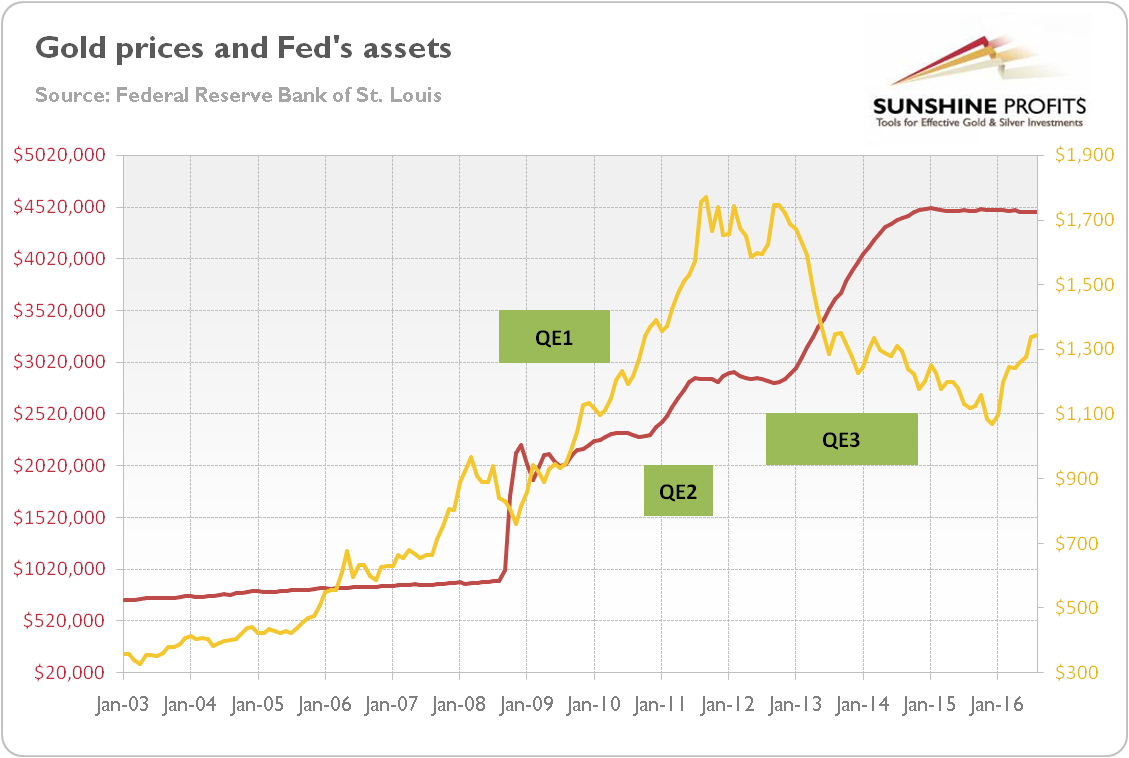It will be easier to grasp it by contrasting it with standard tools. Traditional monetary policy operates via interest rates. In normal times, central banks use open market operations to affect the price of bank reserves and, consequently, the lending activity of commercial banks. However, the Great Recession forced a change of the approach. Since interest rates had approached zero, central banks launched quantitative easing programs. Their aim was to increase the broad money supply through a direct increase in the monetary base, rather than through affecting the price of bank reserves. In other words, central banks began to introduce new money into the economy via the asset market, bypassing the impaired bank lending channel.
Unconventional monetary policy also includes credit easing (purchasing private assets to add liquidity to a troubled market), forward guidance (public communication about the future monetary policy stance to influence market expectations), helicopter money (an increase in public spending or a tax cut financed by a permanent increase in the money supply) and negative interest rates (nominal interest rates below zero).
Unconventional Monetary Policy and Gold
Initially, the introduction of unconventional monetary policy was positive for the gold market. Indeed, the first two rounds of the Fed’s quantitative easing were bullish for gold, as one can see in the chart below.
Chart 1: Price of gold (London P.M. Fix, yellow line, right axis) and Fed’s assets (red line, left axis, in billions of $) from 2003 to 2016.

Similarly, the price of gold rose after the Bank of Japan introduced NIRP in January 2016. It seems that investors do not like non-standard monetary tools, since they are not familiar with them. Moreover, the introduction of such radical measures may be interpreted as a sign of desperation and diminish the confidence in central banks, spurring the safe-haven demand for gold.
We encourage you to learn more about the shiny metal – not only about how the unconventional monetary policy affects it, but also how to successfully use gold as an investment and how to profitably trade it. A great way to start is to sign up for our gold newsletter today. It’s free and if you don’t like it, you can easily unsubscribe.



